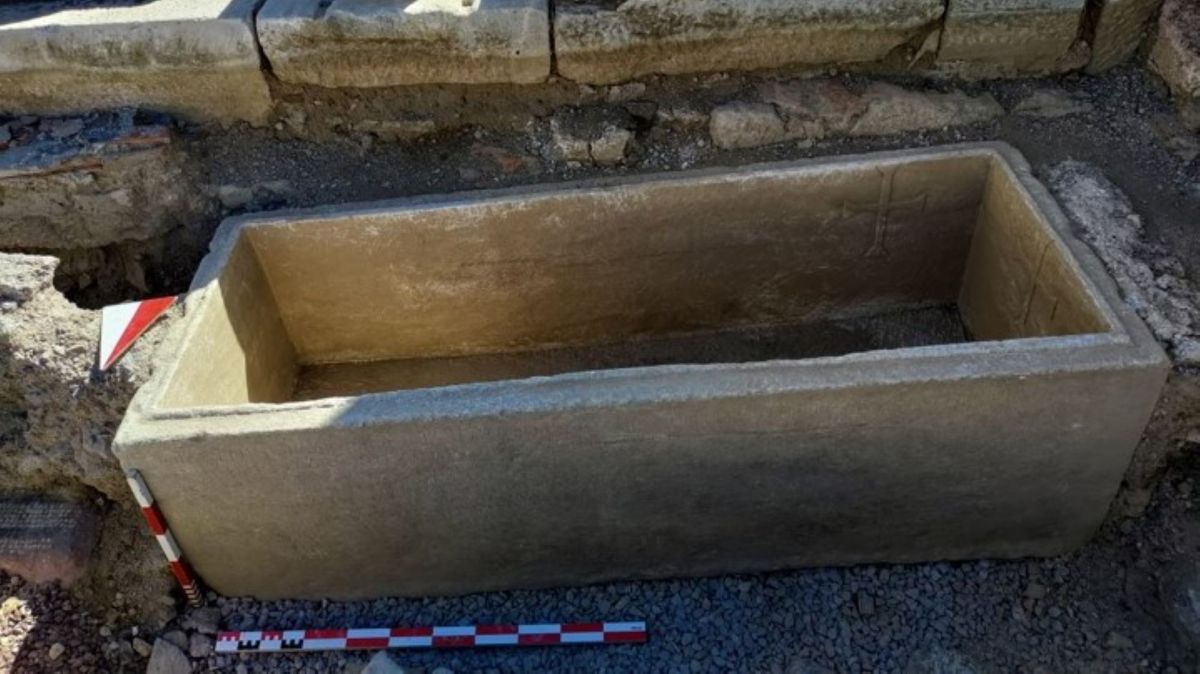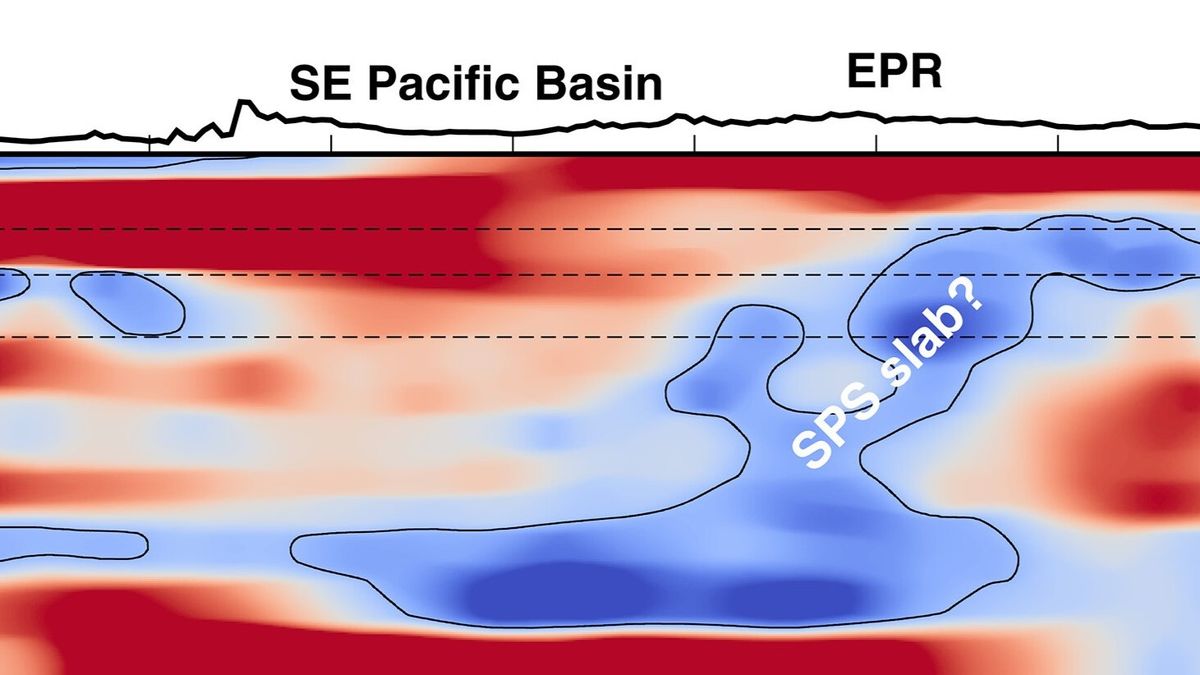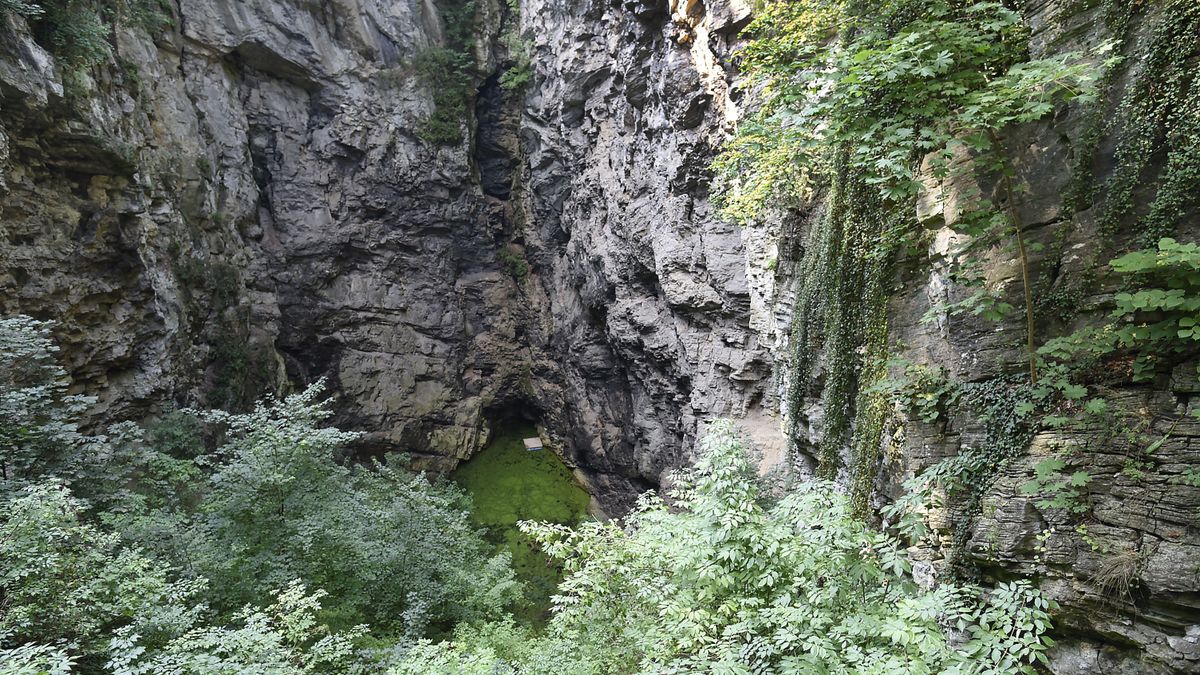Modern humans and Neanderthals clearly interbred, genetic evidence shows, but exactly where and when has remained murky. Now, a new study pinpoints where one wave of those encounters occurred — the Zagros Mountains in what is now mostly Iran.
“The geography of the Iranian Plateau has been almost at the crossroads of human migrations,” lead author Saman Guran, an archaeologist in the Institute for Prehistoric Archaeology at the University of Cologne in Germany, told Live Science in an email.
This region was a junction zone where the warmer ecosystems more hospitable to early modern humans transitioned to the colder climates that suited the Neanderthals, he added.
Neanderthals emerged around 400,000 years ago and lived in Europe and Asia, while the ancestors of modern humans evolved in Africa around 300,000 years ago and spread throughout the world. Genetic evidence suggests that Neanderthals and Homo sapiens came together multiple times — likely around 250,000 to 200,000 years ago, and then between 120,000 and 100,000 years ago, and finally, around 50,000 years ago — before Neanderthals disappeared as a distinct population.
Given the locations of archaeological sites with Neanderthal or early H. sapiens artifacts, the most likely place that these groups met was somewhere in the Middle East. But there is a distinct shortage of ancient human and Neanderthal bones from this area, meaning it’s not currently possible to identify interbreeding through “hybrid” skulls or DNA.
Related: DNA of ‘Thorin,’ one of the last Neanderthals, finally sequenced, revealing inbreeding and 50,000 years of genetic isolation
To remedy this lack of information, the research team created an ecological model combined with geographic data pinpointing Neanderthal and human archaeological sites to reconstruct the most likely places where Neanderthals and modern humans overlapped during the second wave of interbreeding.
They found that modern humans and Neanderthals met — and potentially, interbred — in the Zagros Mountains, between 120,000 and 80,000 years ago. The team published their findings Sept. 3 in the journal Scientific Reports.
The Zagros Mountains extend 990 miles (1,600 kilometers) long and are located mostly in Iran. They are part of the Persian plateau, which was recently discovered to have been a “hub” for Homo sapiens around 70,000 years ago. But this area also had multiple ecosystems that could have supported both groups, the study found.
One of the most significant Neanderthal sites ever discovered, Shanidar Cave, is located in the Zagros Mountains. Ten skeletons have been found in this cave so far; several have signs of injuries, and others provide strong evidence that the Neanderthals buried their dead. However, most of the Zagros area has not been investigated.
“Archaeological data in this area is very poor,” Guran said. “We have plans to get better evidence,” he said, ideally the “recovery of physical human remains from archaeological excavations. Stone tools and better chronology are also a great help.”
The researchers’ ecological model, which considered environmental variables such as temperature and precipitation, supplements the archaeological and genetic evidence of when and where Neanderthals and early humans mated.
“The approach used for the ecological models is similar to ours,” Leonardo Vallini, a molecular anthropologist at Johannes Gutenberg University in Mainz, Germany, who was not involved in the study, told Live Science in an email. “However, we built ecological models only for Homo sapiens.” The ecological overlap with Neanderthals in the Zagros Mountains “is a nice confirmation that the area could have played a crucial role in the earliest part of Homo sapiens‘ expansion into Eurasia,” Vallini said.
This type of model can help archaeologists further narrow down the best places to dig in the future, the researchers suggested in their study. “We encourage Iranian archaeologists to conduct field excavations in this potential interbreeding area,” they wrote, and “we await many exciting discoveries that will shed light on human evolution and dispersal.”














